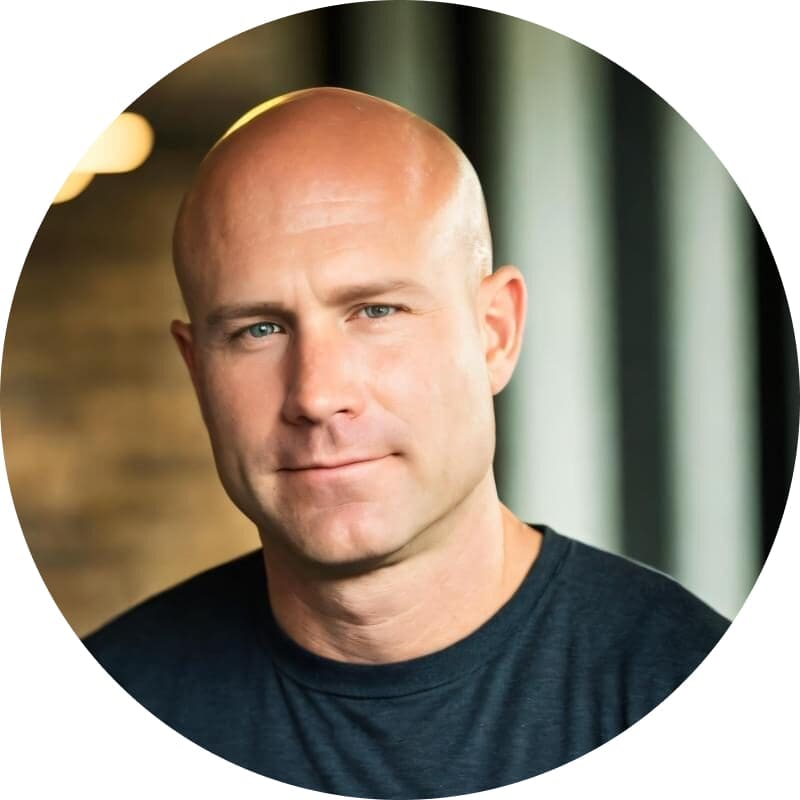COVID-19 is reshaping packaging trends we’ve taken for granted across all aspects of our lives. Packaging design is no exception. We’re seeing mainstream behavioral shifts sure to affect the packaging landscape for years to come, and as is so often stated with pandemic discussions, the packaging industry won’t be returning to normal. Instead, we’re transitioning to a new normal with new priorities for a post-COVID era.
Sustainability as a packaging priority.
Sustainable packaging design has moved in and out of vogue over the years, but in light of the pandemic, we expect to see an uptick in sustainability as a key differentiator. Part of this will be done to help manage the less-than-helpful behavioral changes consumers undertake to keep themselves safe. For example, we’re seeing a rise in plastic bag usage at grocery checkouts as consumers opt away from reusable bags, as well as an increase in single-use plastics.
Consumer packaged goods (CPG) manufacturers will have a role to play in these trends. Chiefly, the aim will be to push for more sustainability in packaging design across the board:
- Increased recyclability in packaging products
- Selection of new packaging substrates and materials to support reusability and recyclability
- Elimination of unnecessary packaging layers and materials
These changes may take the form of new types of packaging designs or moderate changes to existing designs that help reduce waste. Certain types of multi-layered packaging, for example, could be pared down to a more minimal approach without sacrificing product safety. Manufacturers could also make it easier for consumers to separate out multi-substrate packaging to support recyclability of some component parts.
While pandemic-related shutdowns had a positive impact on global greenhouse gas emissions, those changes are quickly returning to the status quo. And when they return in full, manufacturers will be set to take charge and help offset the longer-term environmental impacts of the pandemic.
Hygiene-centric design.
The pandemic has brought personal hygiene into sharp focus, from increased hand washing to the purchase of hand sanitizers to disinfection of products we bring through our front doors. This awareness of hygiene is set to continue throughout the pandemic and beyond—particularly given recent research showing that the novel coronavirus can survive for up to 28 days on glass, steel, and paper/polymer banknotes.
As such, we may see an uptick in single-use packaging options, particularly for food/beverage products. Of course, switching to single-use packaging isn’t a catch-all solution, if for no other reason than the environmental issues this presents, so CPG manufacturers need to get creative here.
We’re seeing manufacturers redesign packaging elements to reduce exposed surfaces and eliminate the need for consumers to come into direct contact with particular products. For example, companies are leveraging peel-off plastic films to protect product surfaces meant to come into contact with a consumer’s mouth. This option, while increasing plastic output, provides an important layer of protection against germ spread.
As time goes on, we hope that manufacturers will develop innovative solutions in this regard that balance consumer hygiene with sustainability.
The e-commerce boom.
Another element of post-COVID packaging design that must be addressed is the rise of eCommerce. Given how many quarantine, shelter-in-place, and safer-at-home orders have been issued across the world, it’s clear that online shopping and direct-to-consumer delivery is the order of the day. Companies like Amazon have done quite well during the pandemic, and the boom won’t stop any time soon.
Various consumer spending studies have shown a 10-30% increase in eCommerce spending across the board, while others note that certain product categories—such as health-related CPGs—are up by nearly 300%.
Manufacturers should consider how their existing packaging models integrate in an increasingly eCommerce-focused world. Certain designs meant to maximize shelf appeal and provide tactile feedback may lose ground in favor of lightweight designs, small package sizes, and packaging that can be tightly bundled and shipped.
Of course, price will remain a key differentiator here, as it always has in eCommerce, but don’t expect the consumer hunger for digital distribution to slow any time soon. As long as the pandemic remains a public health concern, people will support purchase options that let them avoid in-person contact. It’s no secret that substantial numbers of U.S. consumers have altered their shopping habits to accommodate these trends, and manufacturers will need to follow suit.
As eCommerce distribution becomes even more ingrained in our day-to-day lives, it will be vital for manufacturers to come up with cost-effective ways to deliver those products safely, efficiently, and in ways that preserve the customer journey.
Rethinking modern packaging design.
Despite the drastic changes occurring in the packaging world, several elements remain consistent. Product costs and performance are as important as they’ve ever been, and manufacturers bear the burden of adapting to consumer preferences, whatever they may be.
But industry changes are already here, and companies that want to stay competitive don’t have time to delay. In fact, many of these sweeping changes could actually help companies manage the economic declines brought on by the pandemic. When CPG manufacturers adopt a safety-first mentality that meets consumers’ needs, it gives them confidence for the future. And while none of us can predict what’s around the corner, that type of consumer confidence can be a big motivator for economic growth—both for buyers and the retailers who support them.
For more insights into the future of packaging design or for a brief consultation on a new project you may be considering, contact us at SmashBrand.
Subscribe to
Nice Package.
SmashBrand’s Nice Package: Stay current with our latest insights
Free Resource.

CPG product repositioning guide.
Explore the five undeniable signs your CPG product needs repositioning along with strategies for leveraging consumer insights for a guaranteed market lift.
Download Whitepaper About CPG product repositioning guide.